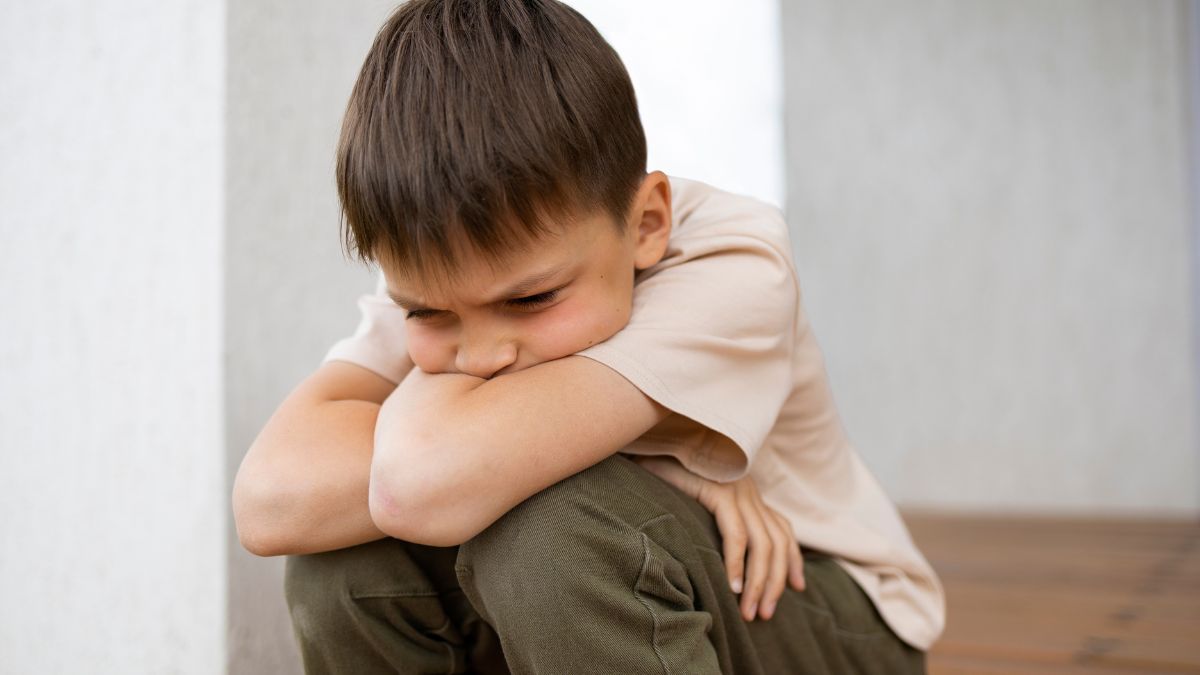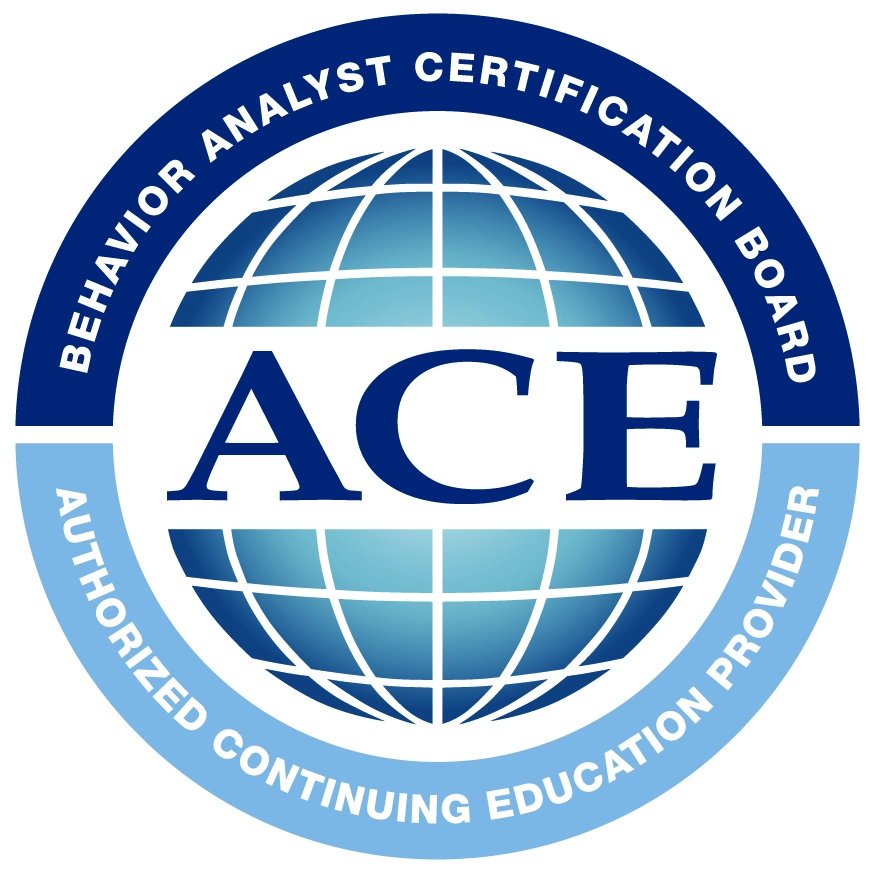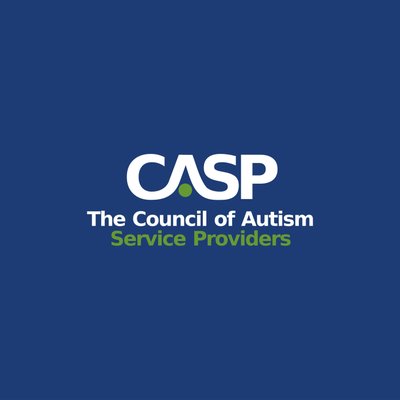Discrimination and autism is a topic that sparks powerful conversations. Why? Because it highlights both challenges and opportunities. Autism spectrum disorder (ASD) is not rare; around 1 in 36 children in the U.S. are diagnosed, according to the CDC. Yet, many still face barriers in school, work, and daily life. These barriers don’t reflect a lack of ability but a lack of understanding. The truth is that when differences are embraced, the results are remarkable. Autistic individuals bring unique strengths in logic, creativity, and problem-solving. So what happens when discrimination shows up? How can we move past it? This breakdown explores real-life examples, key studies, and inspiring shifts that can change how we think about autism today.
What Does Discrimination Look Like?

Discrimination happens when someone is treated unfairly because of a trait they can’t change. In autism, this could mean exclusion, stereotyping, or misunderstanding natural differences in communication or behavior.
Common forms include:
- Direct exclusion: Being denied opportunities in school or work simply because of an autism diagnosis.
- Indirect barriers: Rules or practices that seem fair but place autistic people at a disadvantage.
- Failure to adjust: Not making small accommodations, such as offering quiet spaces or alternative communication methods.
The Equality Act 2010 in the UK and the Americans with Disabilities Act (ADA) in the U.S. both recognize autism as a protected disability. Yet research shows gaps between policy and practice. A study by Cleary et al. (2023) found autistic people still report high rates of exclusion in education and healthcare settings, despite legal protections.
Discrimination and Autism: Real-Life Examples
In Education
Imagine a child who thrives on routine but is punished for needing extra time on assignments. That’s not defiance—it’s how their brain processes tasks. A 2021 study (Sullivan) found that autistic students in higher education were sometimes denied practical placements after disclosing their diagnosis. Why? Because institutions were unwilling to adapt.
In the Workplace
Employment statistics tell the story. In the U.S., autistic adults face an unemployment rate of about 85%, according to Drexel University’s National Autism Indicators Report. Many are qualified, yet hiring managers may misinterpret traits like reduced eye contact as lack of confidence. Once employed, some report bullying, such as deliberate exposure to loud noises (Praslova, 2021).
In Healthcare
Research by Cleary et al. (2023) revealed many autistic adults delay or avoid healthcare due to past experiences of dismissal or misunderstanding. For example, an autistic person who communicates differently may not be taken seriously during medical appointments.
In Media
Media portrayals often swing between extremes—depicting autism as either a rare genius or a severe disability. These stereotypes can fuel bias. A 2019 study (Alkhaldi et al.) noted that autistic interaction styles are often seen as less socially acceptable, reinforcing stigma.
Why Does Discrimination Happen?
So why, despite awareness campaigns, do discrimination and autism still intersect so often? Research points to three main reasons:
- Norm bias: Neurotypical behavior is seen as the “standard,” so differences are viewed as deficits.
- Lack of training: Teachers, employers, and even healthcare workers may not have enough autism-specific training.
- Masking expectations: Autistic individuals often feel pressure to “camouflage” traits to fit in. Hull et al. (2017) linked masking to exhaustion and mental health struggles.
This isn’t about lack of ability—it’s about environments that aren’t flexible enough.
Signs of Progress

Thankfully, the tide is turning. Schools are introducing sensory-friendly classrooms. Workplaces are adopting neurodiversity hiring programs. Media campaigns now highlight autistic voices, not just stereotypes. The UN itself has called for autism to be celebrated as part of human diversity, not “fixed.”
Examples of positive shifts include:
- Education adjustments: Visual aids, extra time, and flexible teaching methods.
- Workplace inclusion: Structured interviews and quiet workspaces.
- Healthcare awareness: Training providers to listen and adapt communication styles.
These changes don’t just help autistic people—they make systems better for everyone.
Table: Comparing Barriers vs. Solutions
| Barrier | Example | Inclusive Solution |
| School exclusion | Student left out of field trip due to autism | Provide tailored support during activities. |
| Workplace bias | Eye contact judged as “poor fit” | Focus interviews on skills, not social style. |
| Healthcare dismissal | Symptoms overlooked due to communication style | Offer multiple ways to share health concerns. |
| Media stereotype | “Autistic savant” as default portrayal | Highlight diverse, authentic autistic stories. |
The Role of Community
One of the strongest findings across studies is that inclusion begins at the community level. When schools, workplaces, and neighborhoods model acceptance, discrimination decreases. In a Saudi Arabian study (Alshaigi et al., 2019), 33.7% of parents of autistic children reported feeling stigma. Yet the same research noted that rising public awareness reduced negative reactions over time.
So the question becomes, what role can each of us play? Can teachers shape a classroom that embraces difference? Can employers recognize logic and focus as strengths? Can neighbors treat stimming not as “odd,” but as natural self-regulation?
How Studies Shape the Future
Data doesn’t lie—it drives change. Here are a few key takeaways from recent studies:
- CDC (2023): Autism now identified in 1 in 36 U.S. children.
- Drexel University (2017): Only 14% of autistic adults hold paid jobs in their communities.
- Hull et al. (2017): Masking leads to disconnection from self, highlighting the need for safe spaces.
- Cleary et al. (2023): Discrimination contributes to trauma but can be reduced through inclusive practices.
By blending research with lived experiences, society can move toward evidence-based solutions.
Moving Toward Empowerment
Autism isn’t a limitation—it’s a different lens on the world. What if workplaces valued hyperfocus as much as small talk? What if classrooms viewed unique learning styles as opportunities, not obstacles? Shifting perspective turns “discrimination and autism” from a problem into a call for innovation.
Autistic individuals have already shown brilliance in fields like mathematics, engineering, art, and design. The goal is not to change who they are, but to build systems that allow them to shine.
FAQ: Discrimination and Autism
1. Can discrimination against autistic people happen without intent?
Yes. Unintentional bias—like strict rules that ignore sensory needs—can still count as discrimination. Impact matters more than intent.
2. Why do autistic people sometimes “mask” their traits?
Masking helps them blend in socially, but studies show it can cause stress and burnout. Authentic acceptance reduces the need to mask.
3. Are there industries where autistic individuals are more accepted?
Yes. Tech, research, and creative fields often value autistic strengths like attention to detail and pattern recognition.
4. How can peers reduce discrimination in everyday life?
Small actions matter. Listening patiently, offering alternatives to verbal communication, and challenging stereotypes all help.
5. Does the law fully protect autistic people from discrimination?
While laws like the ADA provide protection, gaps remain. Social change and awareness campaigns are equally vital.
Embracing Inclusion Beyond Labels

Discrimination and autism are often discussed together, but the real story is resilience, innovation, and progress. At Golden Care, we believe every individual deserves the chance to thrive in supportive spaces that honor their strengths. When inclusion is built into schools, workplaces, healthcare, and media, outcomes improve for everyone. Studies confirm that the key isn’t to reduce differences; it’s to value them. Every statistic is more than a number; it’s a reminder of human potential waiting to be recognized. Whether you’re in Indiana or beyond, the future is brighter when communities choose acceptance over exclusion. The path forward is clear: celebrate diversity, break down barriers, and create environments where autistic individuals can grow with confidence. Golden Care is here to guide that journey; reach out to us today to learn how you can support meaningful change in your community.



